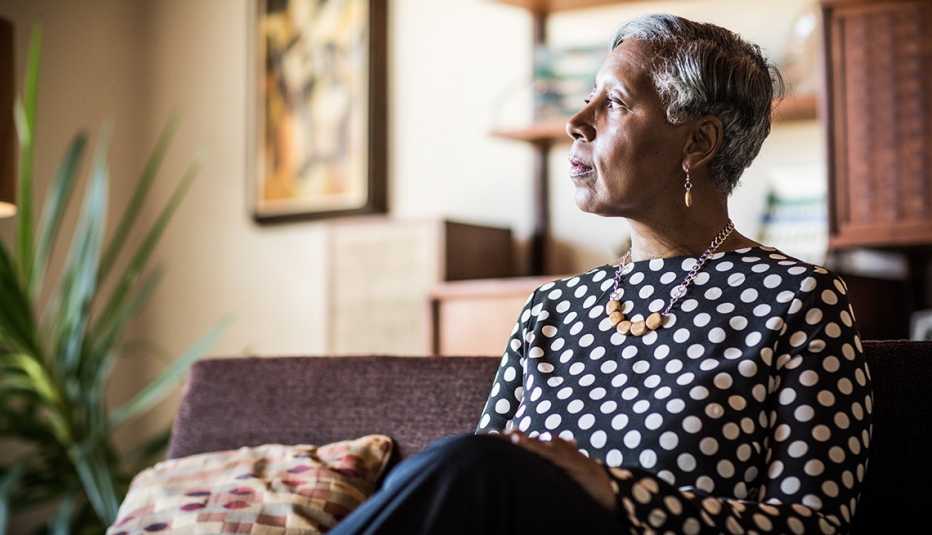AARP Hearing Center


It could start suddenly with the death of a spouse, or a fall that leaves you homebound. It could begin more gradually as you become a caregiver to an ailing family member, or as you step away from a longtime career. It could worsen if you develop trouble hearing or seeing or driving.
Social isolation occurs when people withdraw and become disconnected from family, friends and community. Any number of changes that are common to aging can trigger this issue.
So perhaps it is not a surprise that nearly 1 in 5 Americans 65 and older are socially isolated, according to AARP Foundation. Research finds that this public health epidemic affects more than 8 million age 50-plus adults and is growing as 10,000 Americans a day turn 65.
“Social isolation is a problem that receives relatively little attention and sustained focus, but it undermines the health and well-being of millions of older adults,” says AARP Foundation President Lisa Marsh Ryerson.
Experts on aging say it is important to spot signs of social isolation in ourselves and in others and to take steps to combat it early, because it can become a serious hazard not only to mental health but physical health, too.
A study by professors Julianne Holt-Lunstad and Timothy Smith of Brigham Young University found that prolonged social isolation is as harmful to health as smoking 15 cigarettes a day, and is more harmful than obesity.
Social isolation has been linked to higher blood pressure, greater susceptibility to the flu and other infectious diseases, and earlier onset of dementia.
E.A. Casey, an AARP Foundation expert, points out that one factor driving isolation is that many people who lack social connections are reluctant to ask for help. In such cases, friends and loved ones can reassure the person that they want to provide assistance and don’t regard it as a burden. It’s also important not to push a particular solution but to ask questions to determine what is of interest to the person who is isolated.
To evaluate whether someone is socially isolated and, if so, provide resources to combat it, AARP Foundation joined with the Gerontological Society of America, Give an Hour, the National Association of Area Agencies on Aging, and UnitedHealth Group to create connect2affect. This online tool provides 12 "yes" or "no" questions to determine if a person is at high, medium or low risk for isolation. Questions deal with issues such as how much contact the person has with others each week; whether they have access to transportation; and how much companionship they have.

































































More on Health
Overcome Social Isolation This Winter
Tips to stay connected as pandemic persists
New Technologies to Aid in Social Engagement
Tools designed to combat isolation among older Americans and their caregivers
Loneliness Is Lethal
More older Americans are suffering from chronic loneliness, and the long-term health risks can be deadly